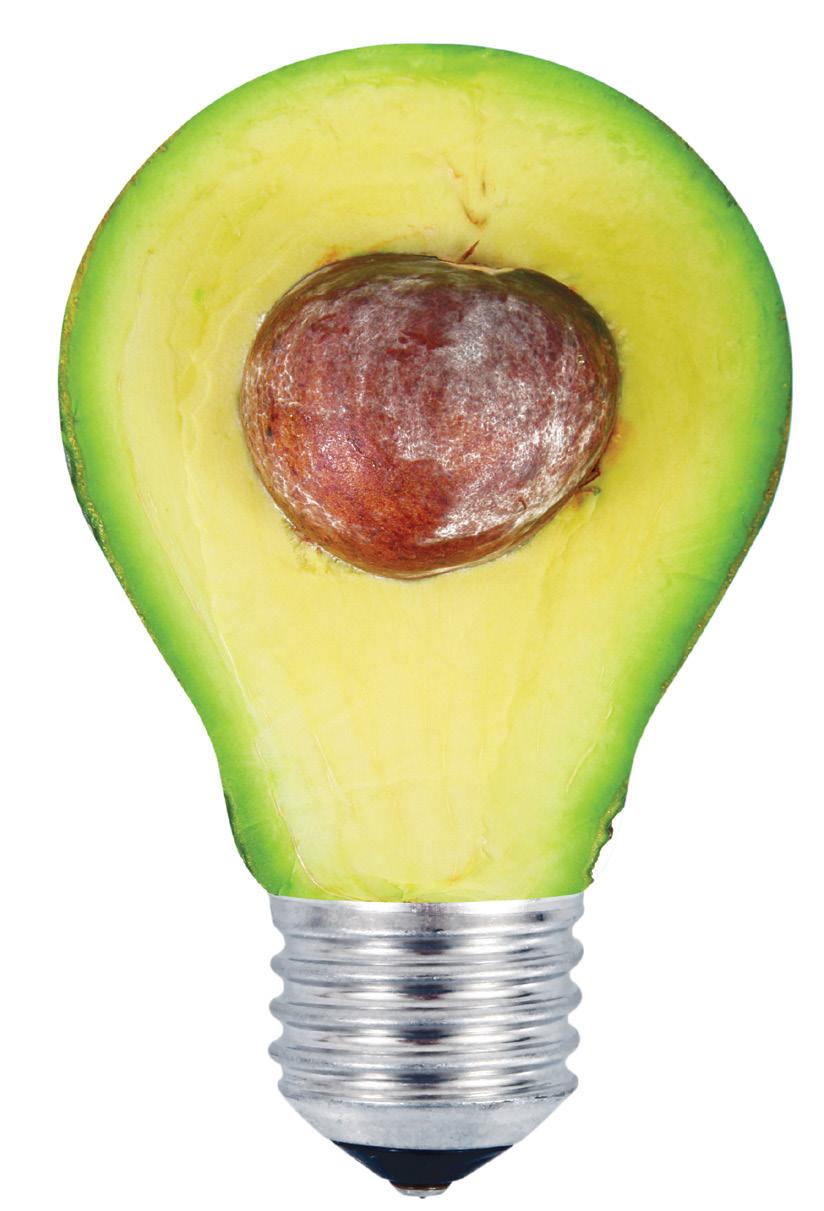saved because the next generation will be too diverse. With the latter (2), you get for example, a mule as a result of putting a horse over a donkey and the mule will be infertile because the chromosomes cannot match. However, in plant breeding, since the 1930s a chemical called colchicine, which doubles the chromosomes, has been used and we now get a fertile plant. Embryo rescue is a technique where, in wide crossing, the endosperm which sustains and feeds the growing embryo is insufficient (unbalanced), and the embryo can be ‘rescued’ by culturing it in coconut milk or banana, or a synthetic endosperm. This has allowed plant breeders to do between-species crosses for decades, e.g. orchid breeders. Breeders have also done crop crosses, e.g. triticale, from wheat (a tetraploid) and rye (a diploid) with colchicine and embryo rescue. Triticale, which is fertile, is a new artificial genera grown all around the world. There is no legislation covering this technology.
TRANS-GENETICS IN NZ Mutation breeding, either chemical or radiation, is another technique used by breeders. There are thousands of mutant varieties registered in 170 plant species, 25% of which are ornamental. Of the crops (75%), rice, wheat, barley, peas, and grapefruit are examples where mutation breeding has brought increased yield, quality, disease resistance, herbicide resistance, and alkaline and acid tolerance. The technique has been used for 80 years and there is little regulatory control over the magnitude or type of genetic change; it is random, multiple and unspecific. Another example is the organic beer brewing industry, which used Golden Promise barley, a gamma ray mutation, for 20 years. Genetic engineering is inter-kingdom transfer (i.e. animal to plant, and vice versa) which cannot be done with any other plant breeding technique. An example is firefly in tobacco. Foreign DNA is inserted into a plant, usually using a specific bacteria, and is random. Traces of the insertion remain. These plants are grown widely around the world, the most common being herbicide tolerant (Roundup ready maize, canola), insect tolerant (bt maize, eggplant), and virus tolerant (pawpaw in Hawaii). No GE plants are grown in NZ. However, in laboratories in NZ, trans-
Tobacco plant with firefly gene.
genetic organisms are being developed, i.e. medicines, such as insulin, and vaccines. Foods are imported that are genetically modified, e.g. canola and soybean. In NZ there are no field trials, which may be permitted when controlled. There has been only one release, an equine flu vaccine, the use of which is very tightly controlled. The scientists at the forum were very critical of the costs and difficulties, particularly the public submissions, of the application process for permission to conduct trials. This pushes ownership and development of the technology offshore. Furthermore, because the legislation is such a handbrake on research, no one can see how the technology can be marketed, further reducing capital available for development. The USA is unregulated, Australia is unregulated if gene inserts are minor, Chile and China proceed on a case-by-case basis, the EU is fully regulated, and Argentina is unregulated if no new genetic material is used.
NEW GENE EDITING SYSTEM The most recent (exciting) development in the molecular biology field is an editing system, CRISPR. This is derived from a naturally occurring bacterium defence mechanism which ‘snips’ small sequences of DNA from interlopers (attacking organisms) and copies them into its own genome for future identification should the bacterium attack again. The
Dairy Exporter | www.nzfarmlife.co.nz | March 2021
clever part is that scientists have adapted this discovery so that any specific DNA sequence in a collective DNA ‘book’ can be identified, selected, removed and replaced. The introduced sequence can even be removed and the original sequence reinserted. In plants, with CRISPR, we can already reduce seed shedding in ryegrass, increase seed size and number in crops, reduce abiotic stress, enhance disease resistance, improve digestibility and herbicide tolerance, edit neurotoxin genes in endophytes, and speed breeding in tree crops. Dr Suzanne Rowe from Agresearch described how, over eight years, the company has bred a functional sheep with a 24% reduction in methane emissions. This is not genetic engineering/gene editing, just conventional selection technique and has cost $10 million. GE has been attempted and 600,000 DNA markers have been identified but not successfully sequenced yet. The researchers still cannot find a gene of larger effect for gene editing. In any case most emissions are from cattle.
TRYING TO MODIFY MICROBES Dr Travis Glare of the Bio-Protection Research Centre spoke interestingly on modifying microbes to increase their efficiency in primary industry. His focus is on killing insects. Due to chemicals meeting resistance, or being seen as potentially carcinogenic, there are demands for more biological, environmentally friendly methods to control weeds, pests and diseases. These are called biopesticides, and may be a virus, bacterium or a natural product derived from a plant. The genomes in these organisms are easily modified and scientists working in this area do not really need genetic modification or CRISPR. We already use biopesticides in human and veterinary medicine, e.g. insulin from a pig’s pancreas. These microbes have different methods of operation, i.e. direct infection, toxicity, induced resistance, resistance priming, hyper parasitism, competition and antibiosis. Examples are Beavaria and metarhizium, both of which have a scorpion toxin inserted. Beavarium kills insects 15 times faster than in its natural state, with a 40% lower kill time. Metarhizium kills mosquitoes nine times faster and caterpillars 22 times faster. 81























